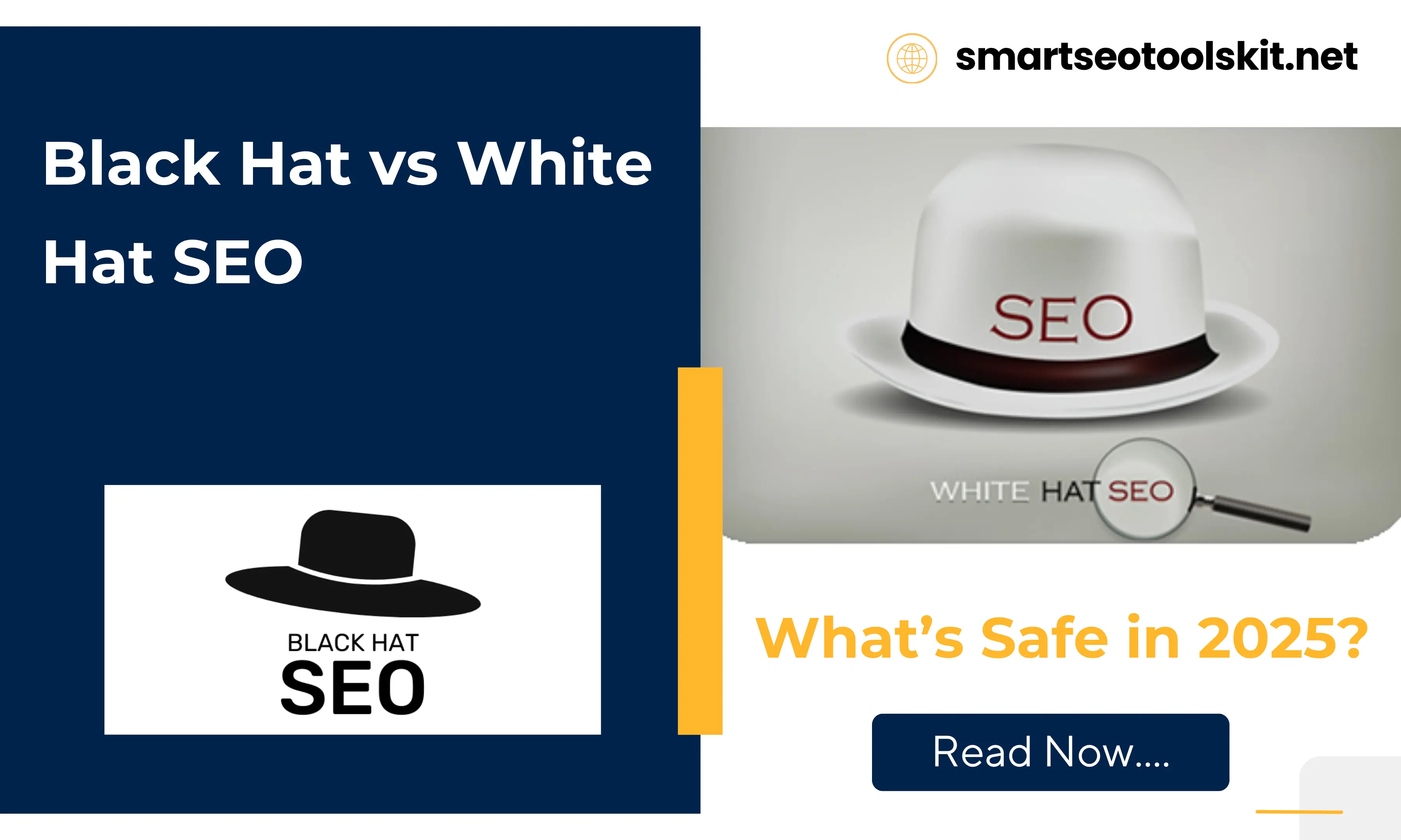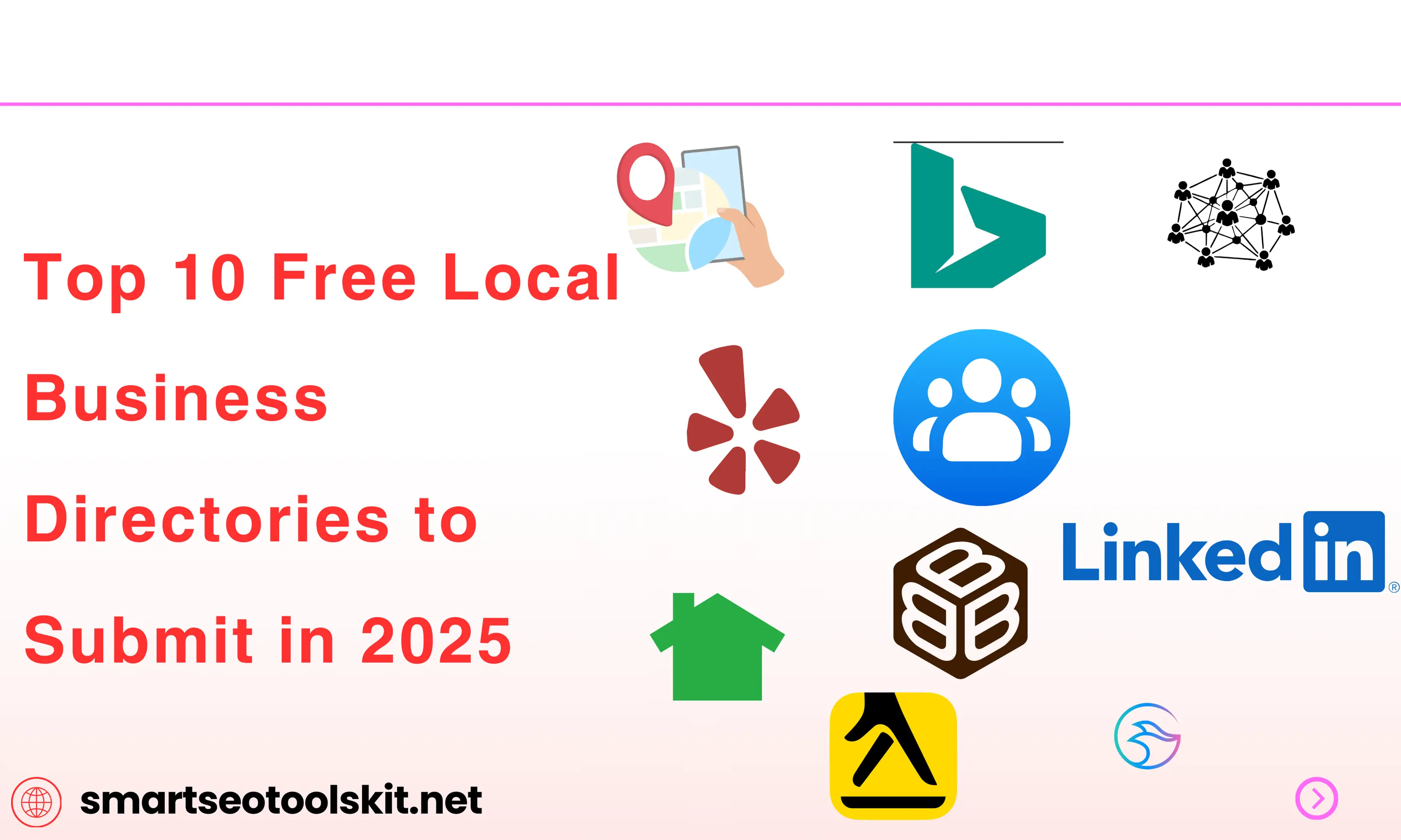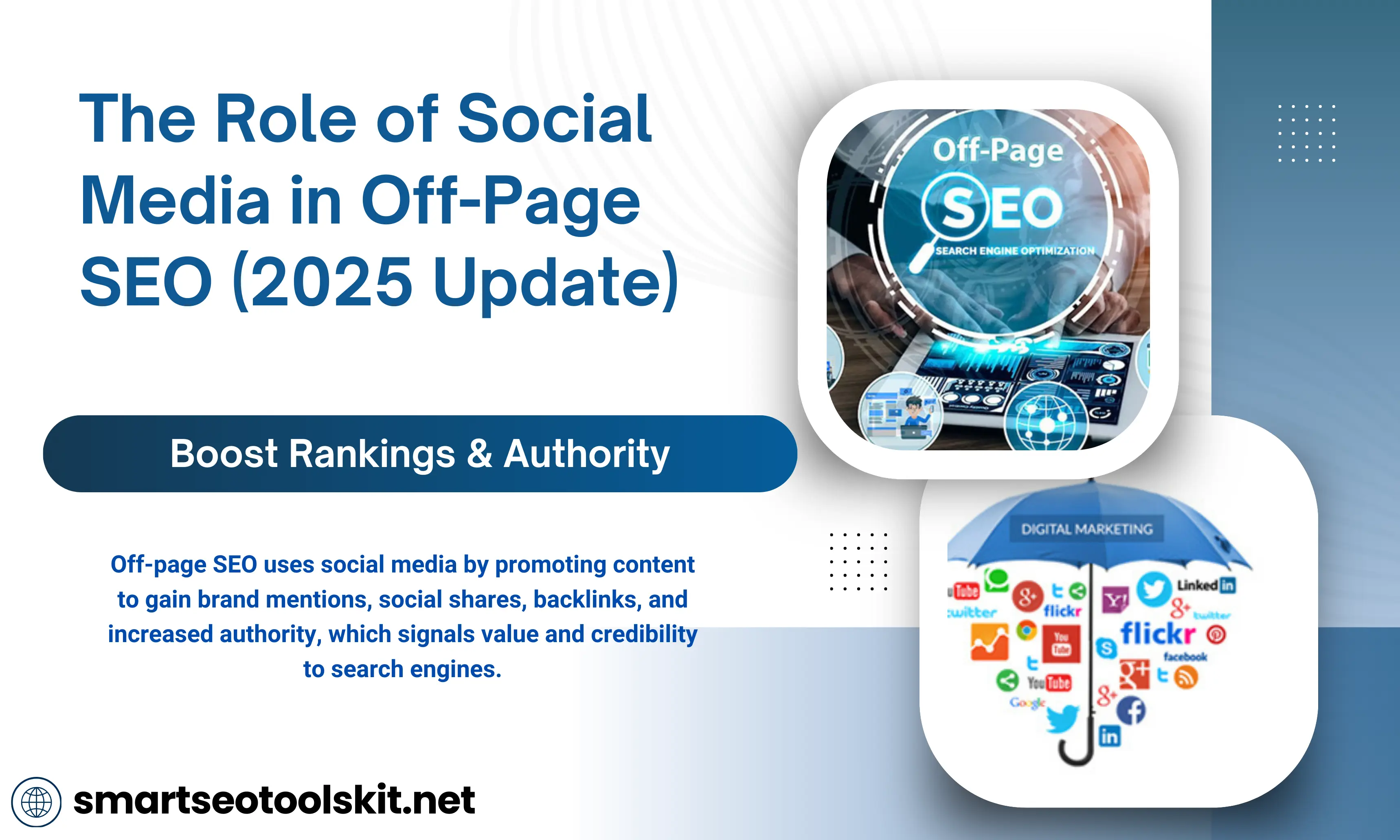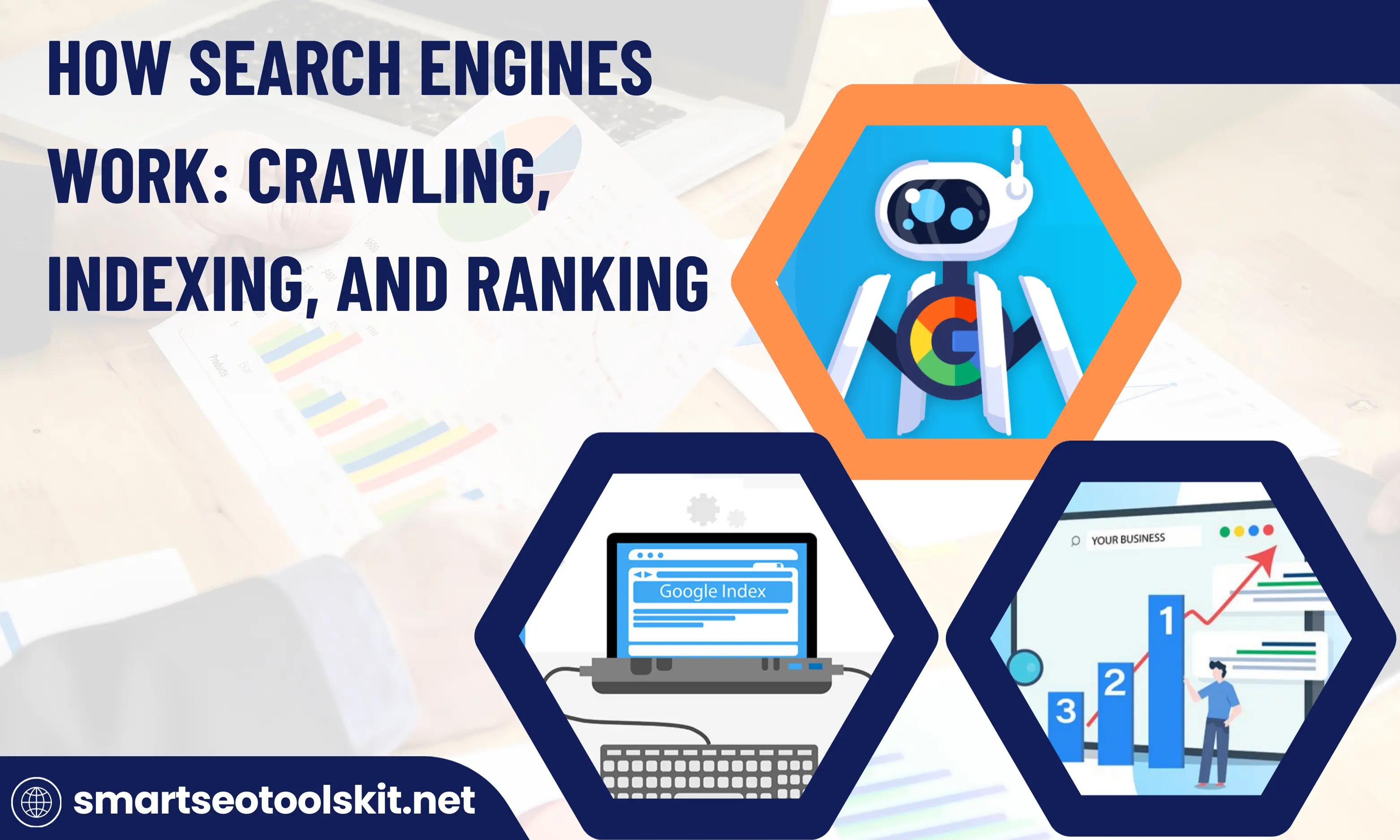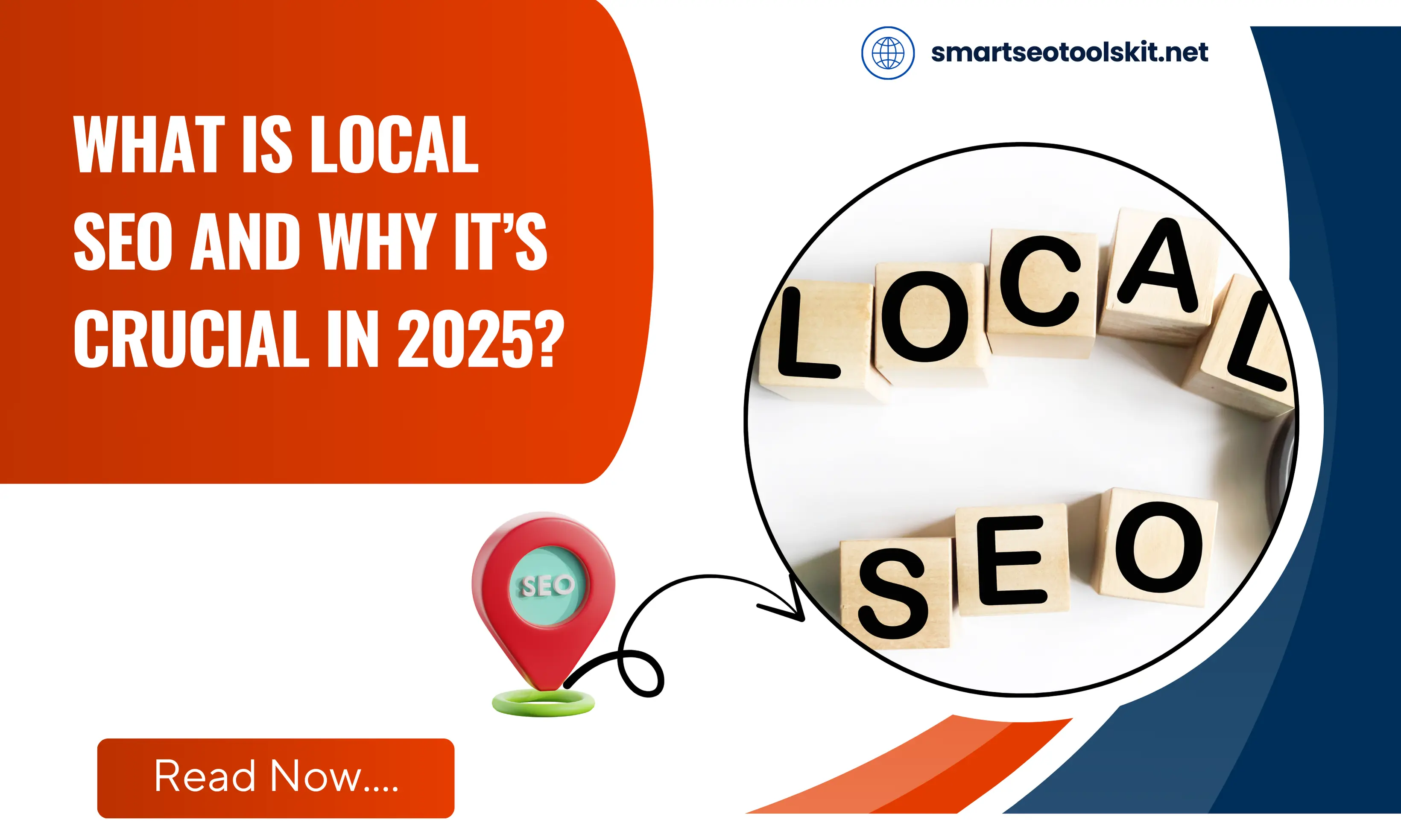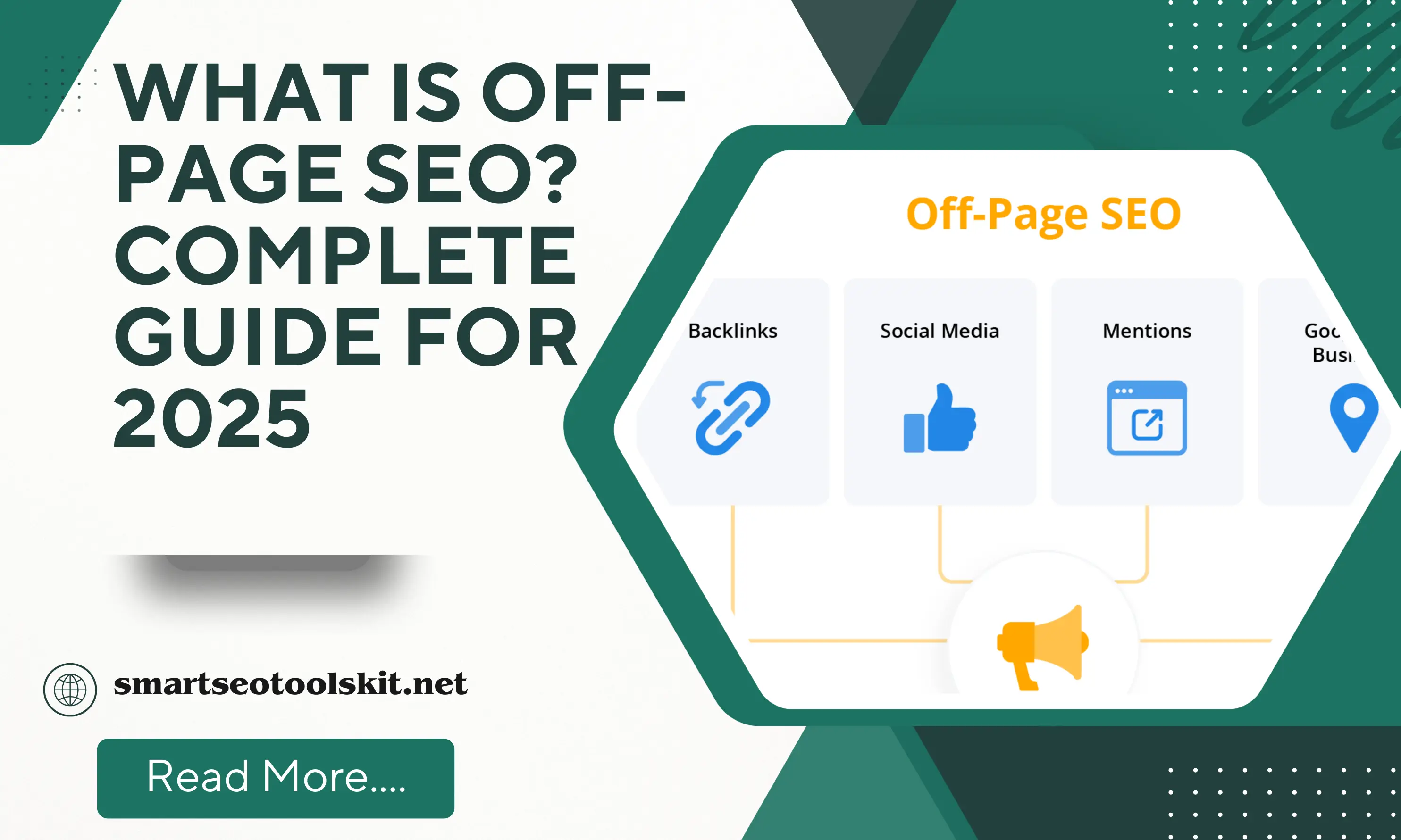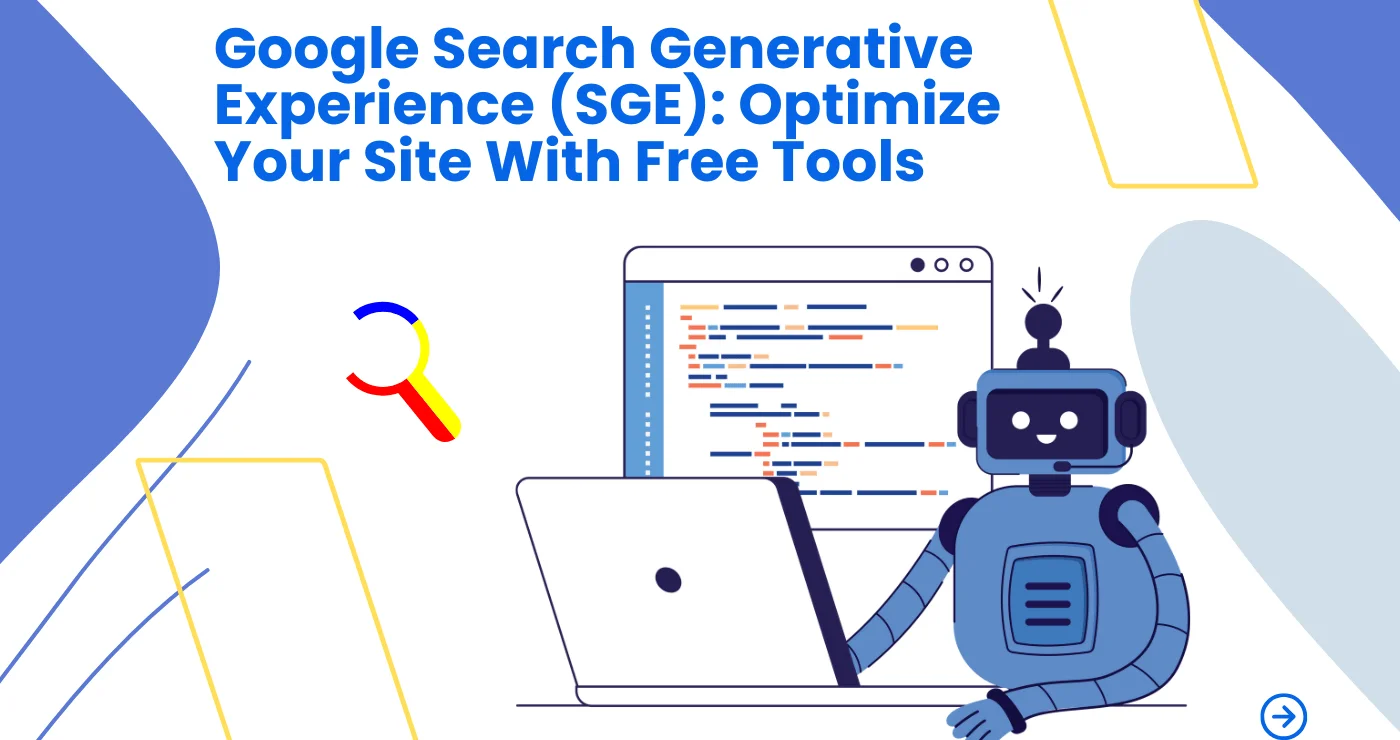Websites can experience significant drops in organic traffic following Google’s Core Updates, often without clear patterns in rank changes. One often-overlooked factor is subtle shifts in user intent.
Two outdated models hinder our understanding.
- First, user intent is traditionally categorized as transactional, navigational, informational, and commercial. However, today’s user intent is far more nuanced and specific.
- Second, not all positions in the search results are equal. Google categorizes the top results into dominant, common, and minor intent.
Unless we’re discussing long-tail keywords with very clear intent, keywords often have multiple meanings. For example, some users searching for “AI in marketing” might want to learn about AI applications in marketing, while others might be interested in the impact of AI on marketing strategies. These are subtle yet distinct differences.
As a result, Google presents a mix of results to address these various intents as effectively as possible. During Core Updates, Google reranks search results when it identifies shifts in user intent, which can significantly affect dominant intent and the top 3 results.
In the broader perspective, small rank changes may appear insignificant and random. However, this is the Butterfly Effect: a minor change leading to a significant impact.
Butterfly Effects from Intent Shifts
Detecting and understanding subtle rank changes due to user intent shifts (Butterfly Effects) can be challenging without knowing what to look for. Our perception of keyword meaning is often too rigid. Topics evolve constantly.
At one end, you have news-related keywords that fall under the query deserves freshness (QDF) filter. A day’s news cycle exemplifies how quickly a keyword's meaning can change. At the other end, evergreen keywords barely change in meaning.
Consider the keyword “AI marketing.” Between early February and mid-April, the dominant user intent shifted from “Information about AI in marketing” to “How AI revolutionizes marketing strategies.”
This makes sense. AI evolves rapidly, and so does its impact. As people learn about it, they develop new questions. When dominant user intent changes, rankings follow suit. The weighting of intents shown in SERPs for keywords can also shift. A dominant intent can become a common one, and a common intent can become minor.
Intent shifts explain why Google states that site owners aren’t necessarily doing anything wrong when an update rolls out and that there is “nothing to fix” or “recover” from an algorithm update.
A bigger challenge arises when intent shifts cause two URLs to cannibalize each other. For instance, if one article provides an introduction to a topic (“what is...”) and another offers a comprehensive guide, they might both rank initially or suddenly compete after an update.
Line graph titled "Two URLs Suddenly Cannibalizing Each Other After Core Updates" showing traffic trends for Article 1 and Article 2.
Are you having trouble filtering out plagiarized content. Don't worry, check out our plagiarism tool to easily find plagiarized content
Detecting Butterfly Effects
When organic traffic drops after a Core Update, focus on keywords that fell from the top 3 positions. This is where the impact is most significant. Even a single position drop can have a substantial effect. To quantify intent shifts, analyze the titles of results ranking before and after the update. While titles aren’t definitive, they provide important clues about user intent.
At scale, you can use your preferred language model to categorize titles with prompts such as:
- “Cluster the following titles into one of the following groups: {intent 1}, {intent 2}, {intent 3}, etc.”
- “What might users be looking for when clicking on the following search result?”
For highly popular queries, go a step further by analyzing trends in Google Suggest to see if search volume is increasing or decreasing. Rapidly rising search demand for a related keyword could alter the dominant, common, or minor search intent for the root keyword. Remember, we don’t know all keywords with growing search volumes or Google’s threshold for determining a shift in user intent. Time factors also play a role, as some keywords rapidly change meaning (think “Oscars” and “Olympics”).
Responding to Intent Shifts
Once you identify an intent shift for a keyword, you have three options:
- Fix potential cannibalization (delete or consolidate content).
- Rewrite affected articles to match new user intent.
- Create new content based on changed user intent.
Core Updates Are Multifaceted
Refining user intent is just one aspect of Core Updates. They incorporate various systems:
- The Helpful Content classifier is now integrated with Core Updates.
- Other quality systems like Panda and Penguin have been integrated for years.
- 15% of Google searches are new, requiring Google to test and iterate based on user signals.
All these factors make Core Updates complex and unpredictable. However, understanding the different forms of user intent and subtle changes helps us transition from confusion to clarity.
Also Read - How New Helpful Content Update Impacts Keyword Optimization
Frequently Asked Questions (FAQs)
Q1: Why did my website's organic traffic drop after a Google Core Update?
Google Core Updates can shake things up a bit because they often shift what people are looking for when they search. If Google decides people want different information than before, it changes the search results, which can make your website's traffic drop even if you didn’t change anything.
Q2: What do you mean by traditional models of user intent being outdated?
In the past, we used to think of user intent in simple categories like wanting to buy something, find a website, learn information, or compare products. But now, people's searches are more specific and detailed. They might be looking for something much more precise than those broad categories can capture.
Q3: How do changes in user intent affect my website's search rankings?
When what people want from a search changes, Google changes which pages it thinks are most helpful. If your page was at the top because it matched what users wanted before, and now their needs have shifted, your ranking can drop as Google adjusts to show what it believes are more relevant results.
Q4: What is the Butterfly Effect in search rankings?
The Butterfly Effect here means that even a tiny change in what people want from a search can cause big shifts in search rankings. Small differences in user intent can lead to your page moving up or down significantly in the search results.
Q5: What can I do if my rankings drop due to an intent shift after a Core Update?
If your rankings drop after a Google Core Update, start by checking if you have similar articles competing with each other—consider merging them for stronger, more focused content. Update existing content to better align with current user intent and search trends. You can also create new articles that more effectively address what users are now searching for. Adapting to these changes helps recover and improve your rankings.
.png)
